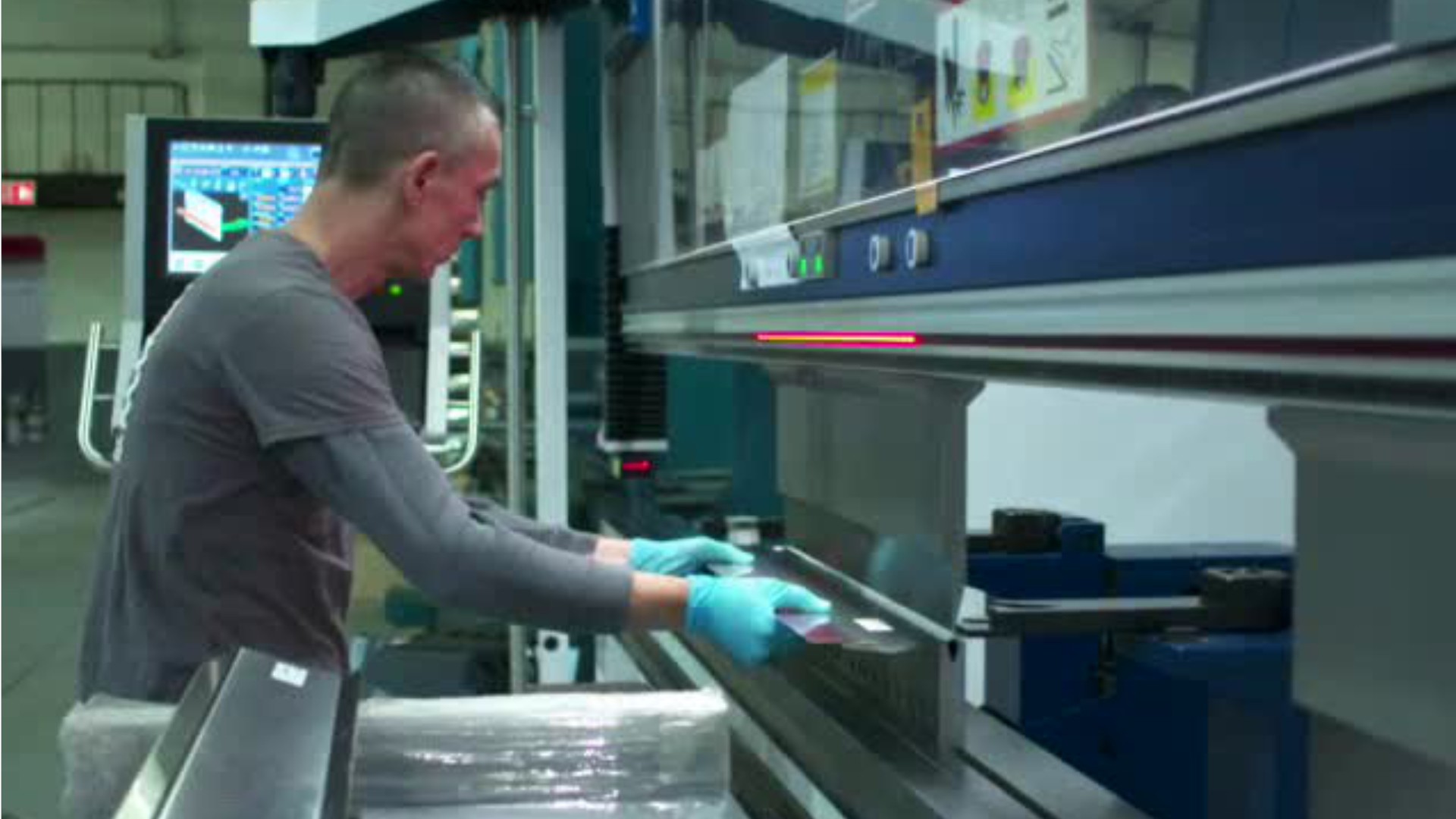Milling & Planing Machine Setters, Operators, & Tenders, Metal & Plastic
CNC Licensed Mill Operator (Computer Numerical Control Licensed Mill Operator), CNC Mill Operator (Computerized Numerical Control Mill Operator), Machine Operator, Mill Operator
What they do:
Set up, operate, or tend milling or planing machines to mill, plane, shape, groove, or profile metal or plastic work pieces.
On the job, you would:
- Remove workpieces from machines, and check to ensure that they conform to specifications, using measuring instruments such as microscopes, gauges, calipers, and micrometers.
- Verify alignment of workpieces on machines, using measuring instruments such as rules, gauges, or calipers.
- Move controls to set cutting specifications, to position cutting tools and workpieces in relation to each other, and to start machines.
Knowledge
Engineering and Technology
- mechanical
- computers and electronics
Manufactured or Agricultural Goods
- manufacture and distribution of products
Arts and Humanities
- English language
Math and Science
- arithmetic, algebra, geometry, calculus, or statistics
Skills
Basic Skills
- keeping track of how well people and/or groups are doing in order to make improvements
- thinking about the pros and cons of different ways to solve a problem
Problem Solving
- noticing a problem and figuring out the best way to solve it
Abilities
Hand and Finger Use
- hold or move items with your hands
- keep your arm or hand steady
Controlled Movement
- quickly change the controls of a machine, car, truck or boat
- use your arms and/or legs together while sitting, standing, or lying down
Personality
People interested in this work like activities that include practical, hands-on problems and solutions.
They do well at jobs that need:
- Attention to Detail
- Dependability
- Cautiousness
- Achievement Orientation
- Stress Tolerance
- Integrity
Technology
You might use software like this on the job:
Computer aided design CAD software
- Autodesk AutoCAD
- Siemens Solid Edge
Presentation software
- Microsoft PowerPoint
Object or component oriented development software
- G-code
- M-code
Education
Education: (rated 2 of 5)
high school diploma/GED or
bachelor's degree
usually needed
bachelor's degree
usually needed
Job Outlook
Below Average
New job opportunities are less likely in the future.
Explore More
- Grinding, Lapping, Polishing, & Buffing Machine Tool Setters, Operators, & Tenders, Metal & Plastic
- Lathe & Turning Machine Tool Setters, Operators, & Tenders, Metal & Plastic
- Multiple Machine Tool Setters, Operators, & Tenders, Metal & Plastic
- Tool Grinders, Filers, & Sharpeners
- Woodworking Machine Setters, Operators, & Tenders
You might like a career in one of these industries:
See more details at O*NET OnLine about Milling & Planing Machine Setters, Operators, & Tenders, Metal & Plastic.





